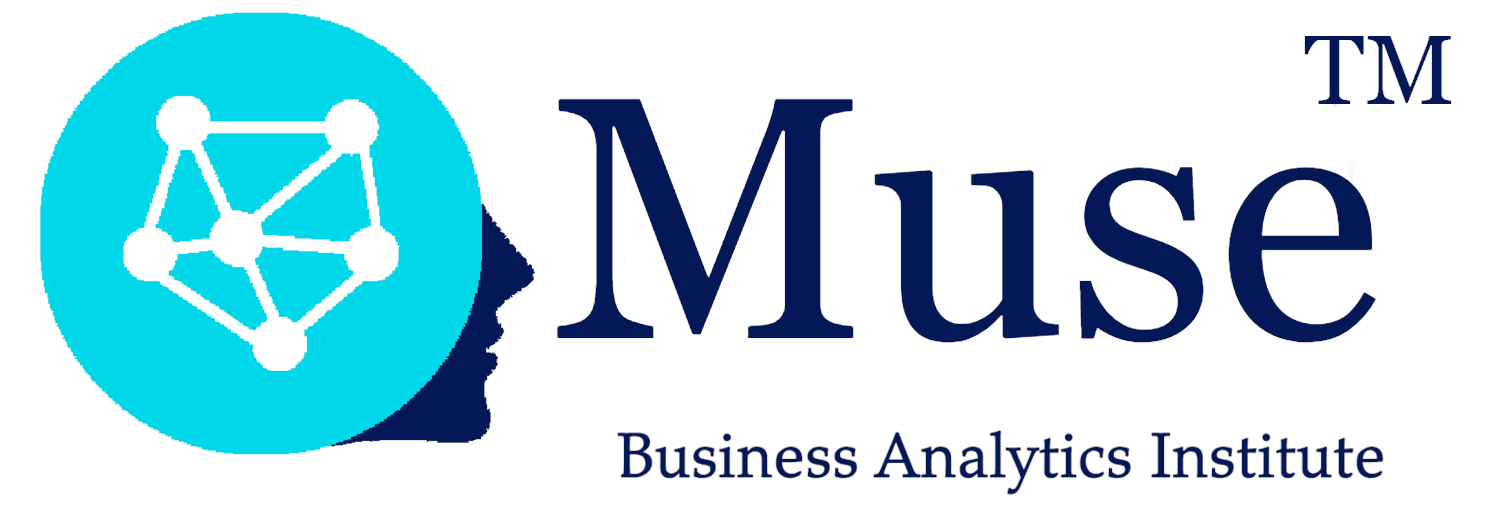Agronomy: Around the world of AI
Europe
We leave Africa and head for our final stop. We land on the "Old Continent," Europe. Never has the nickname "Old Continent" been more fitting. Since the beginning of our world tour, we've seen that the use of AI in agriculture allows for improved crop yields, not just to earn more money, but to ensure a necessary quantity of food for people for whom it is vital to feed themselves.
The European continent has about 745,602,875 people. Europe represents about 50% of the African continent (1,480,770,525 people) and about 25% of the Asian continent (4,778,004,486 people).
We begin our European tour with France, as this country has long been a rural country while its European neighbors, such as the United Kingdom, saw the end of small-scale farmers as early as the 18th century. It wasn't until the end of World War II and with the financial aid of the Marshall Plan that France saw its agriculture transform.
This lack of innovation in French agriculture is also mentioned (in a roundabout way) by the Senate's information commission (Competitiveness of the French farm, Information Report No. 905 (2021-2022), Senate, French Republic, filed on September 28, 2022).
For information, the "French AgriTech" program was only launched in August 2021 (Agriculture and innovation: launch of French AgriTech, press kit, Ministry of Agriculture and Food Sovereignty, August 31, 2021), later than in developing countries.
However, in the field of research, many projects are underway, such as the AGROCONNECT project (AGROCONNECT, Arvalis, April 1, 2024). The goal of the AGROCONNECT project is to create a testing platform to demonstrate the effectiveness of robotized cultivation systems.
After France, let's head to Belgium, more specifically to Brussels. Here in Brussels, there are no fields to cultivate, but this is where the European Commission is located. The European Commission is the executive body of the European Union (EU). This is where new legislation and policies are proposed and implemented. It's also here that the EU budget is managed.
But let's focus on the SQAT project. SQAT, which stands for Soil Quality Analysis Tool, is a tool that, after collecting information in the field, provides maps containing certain types of data (cf. the Amini startup in Nairobi - This Nairobi startup is using AI to add data science to African agriculture, Steven Melendez, Fast Company, June 20, 2024).
On the European continent, we can see that there are many projects being conducted. However, these remain projects, and compared to the rest of the world, there are few concrete cases of using these new technologies.
We can observe a certain reluctance (technophobia?) on the part of European farmers who are too often accustomed to being financially compensated during bad harvests.

